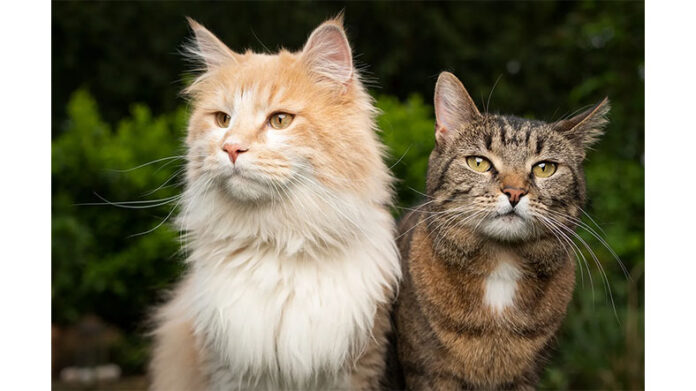Have you ever noticed the colors of cats you see on the street? If you think about it, most cats seem to fall into three main colors: white, black, or orange. So why don’t we see cats in bright reds, greens, or other unusual shades?
The answer is surprisingly simple: genetics. The colors of cats are determined by genes found on the X chromosome. These genes control the production of different pigments that give cats their coat colors. The primary pigments are eumelanin, which gives black and brown tones, and pheomelanin, responsible for red and yellow hues. The combination of these pigments results in the wide variety of colors seen in cats.

White fur is caused by a complete absence of pigment. Gray fur contains a small amount of black eumelanin, while cream-colored fur has a hint of brown eumelanin. Similarly, orange fur has a moderate amount of red pheomelanin, while brown fur contains medium to high levels of brown eumelanin.
However, cats can have a broader range of colors than just these three. Due to genetic variations, cats can have shades like chocolate brown, yellow, gray, caramel, and many more. A specific genetic variation known as “dilution” can turn black to gray or orange to cream.
So why don’t we see cats with green, blue, or bright red fur? The reason lies in the genetic makeup of cats, which is primarily driven by two main pigments. The natural combinations of these pigments generally produce the color palette we are used to seeing. If other pigments were present in cats’ genetics, we might see a wider variety of colors.
In summary, cats’ colors are determined by their genetics, and the existing pigment combinations lead to the color palette we typically see. This is why most cats you encounter are white, black, or orange.

